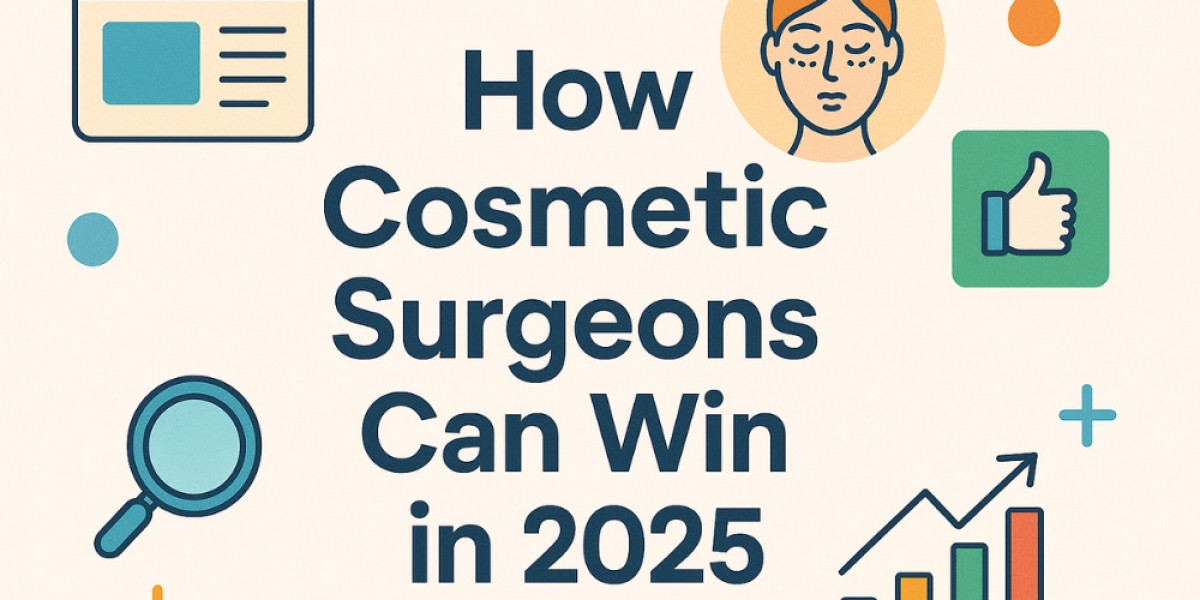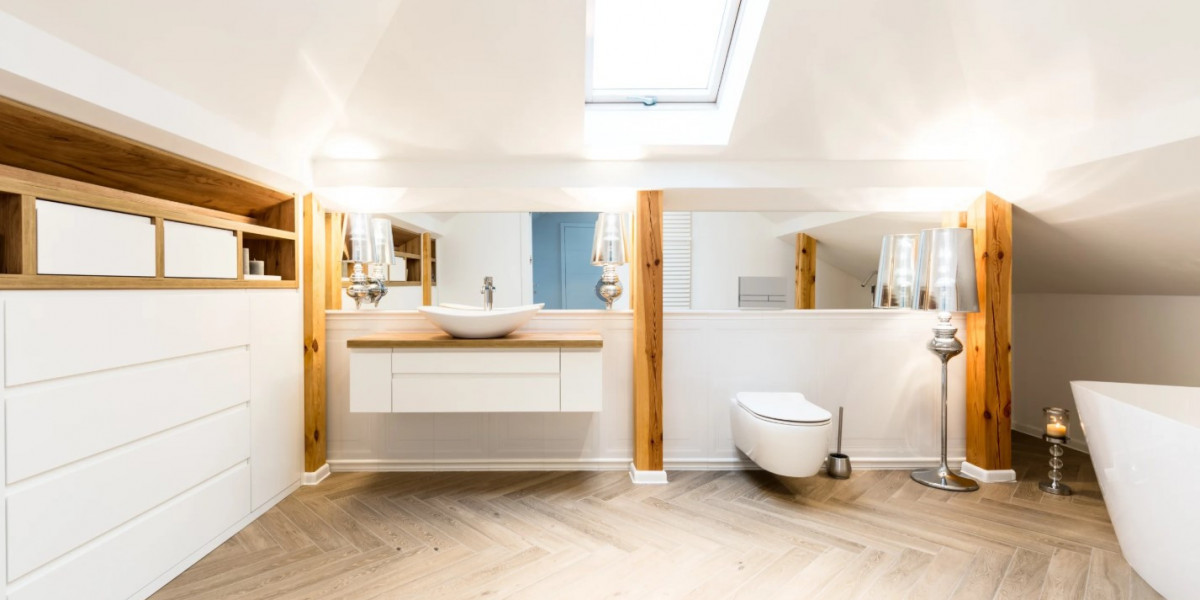In an industry as image-driven and highly regulated as cosmetic surgery, finding the balance between visibility and responsibility online can feel like walking a tightrope. But in 2025, there's a real opportunity for clinics that pair strategic thinking with patient-centric ethics. Digital marketing isn’t just about flashy visuals or trending content — it’s about building real connections. Patients are savvier than ever. They research, compare, and scrutinise before booking. If your digital presence doesn’t answer their questions or inspire trust, they’ll scroll on. From my experience consulting with health professionals across Australia, most practices don’t struggle with surgical skill — they struggle with the digital strategy for cosmetic clinics. The good news? That’s fixable.
The digital landscape for cosmetic practices is evolving
Search behaviours are shifting. More patients now start their journey with long-tail search queries like “best lip filler clinic near me” or “what’s involved in a neck lift?” They aren’t just searching for doctors — they’re looking for education, trust signals, and social proof. At the same time, regulators like AHPRA continue to tighten how medical professionals present themselves online. One slip, like an unqualified testimonial, can lead to penalties. That’s why a 2025-ready strategy doesn’t just involve visibility. It also requires credibility.
Common digital pitfalls clinics still make
Let me be blunt: most cosmetic surgeons' websites aren’t working as hard as they could. And I’ve seen it firsthand — outdated service pages, generic copy, inconsistent messaging.
Here are a few common issues I’ve helped practices overcome:
No clear call to action. You can’t just “build it and they’ll come.” Your booking funnel must be obvious and frictionless.
Over-reliance on Instagram. Social media is important, but it can’t be your only digital channel. It’s too volatile and often lacks local SEO power.
Weak local optimisation. Many clinic sites don’t mention suburbs or regions, which kills discoverability in Maps and organic search.
Compliance slip-ups. Like quoting before-and-after results without context, or forgetting disclaimers.
The truth is, a well-built digital ecosystem helps prevent all of these.
Build your strategy around patient goals
The most successful clinics I’ve worked with aren’t just “doing SEO” — they’re solving for search intent. If someone types “how long does chin lipo take to heal?” — they’re not ready to book. But if they search “chin liposuction Sydney cost,” that’s high intent. Your strategy should reflect this.
You need:
Educational blogs answering early questions
Service pages optimised for conversion
Google Business profiles loaded with social proof
AHPRA-compliant content, always
The Australian Government even recommends building a clear plan to align your online presence with your business goals — something they break down in detail when you develop your digital strategy.
And honestly? That resource is a goldmine most clinics ignore.
My clinic turnaround story: what worked
Back in 2023, I worked with a solo cosmetic practitioner in Brisbane. His clinic had solid patient outcomes — but only a trickle of online enquiries. No blog, no SEO, no lead tracking.
We focused on three things:
Localised landing pages for “Brisbane rhinoplasty” and similar keywords
A pillar blog series explaining pre- and post-op care
A service page rewrite to match AHPRA and patient language
The result? Enquiries doubled in four months. And he didn’t have to post dance videos on TikTok to get there.
Master content with the right SEO techniques
If I had to pick one undervalued tool for cosmetic clinics, it’s consistent blog content. A keyword-informed article that explains “how long does Botox last?” can bring in hundreds of monthly visits. But blogging isn’t just writing — it’s structure, schema, and internal linking. You should link service pages to supportive blogs using keywords like medical SEO strategies. Structuring your content ecosystem this way signals authority to both Google and potential patients. If you're refining your brand voice or tone, it’s worth reviewing how other industries approach ethical marketing in healthcare — these principles often translate surprisingly well to cosmetic medicine.
Expanding your digital presence beyond organic search often starts with mastering local SEO strategies for health businesses, and the principles hold surprisingly true for private clinics. From geo-specific content to review management, local relevance can make or break your visibility in competitive metro areas.
How to balance promotion with professionalism
One of the trickiest challenges cosmetic surgeons face is knowing how to promote their services without crossing regulatory or ethical lines. It’s tempting to highlight results, showcase transformations, and use persuasive language — especially when competitors seem to be doing it freely. But the real pros know where to draw the line.
AHPRA’s guidelines are clear: no misleading claims, no before-and-after images without context, and no testimonials that imply guarantees. Yet many clinics get caught out because they don’t involve a compliance lens early in the content process.
Here’s my personal rule when reviewing clinic content: if I wouldn’t feel comfortable reading this as a patient unsure about a procedure, it needs editing.
I also advise clinics to adopt a content audit checklist:
Does this page state clear risks or recovery times?
Are results described as “possible” or “guaranteed”?
Is language patient-first or salesy?
Are disclaimers present where needed?
Getting this right won’t just keep you compliant — it’ll build trust. And trust is what converts. In fact, many of the highest-converting cosmetic clinic pages I’ve worked on are understated, medically accurate, and focused on helping rather than hyping. That's what resonates in 2025.
Practical tips to make it all stick
Here’s what I recommend to every cosmetic surgery practice ready to grow in 2025:
Get Google Reviews, but ensure patients consent, and you don’t edit their words
Focus on the suburbs. Mention your areas of service clearly on key pages
Use video, but pair it with transcriptions for SEO
Track everything — phone calls, forms, email opens. You can’t fix what you don’t measure
Schedule monthly updates to your content. Search trends move fast
And above all, remember: your future patients aren’t judging your surgical skill — they’re judging how you present your skill online. Another area worth refining is your local advertising spend. Too often, clinics run broad ad campaigns that don’t actually reach the right audience. If you're investing in paid media, it pays to understand how small tweaks in geography, copy, and bidding strategy can lead to Local Google Ads performance improvements. This can drastically reduce cost-per-lead while lifting qualified enquiry volume.
Closing thoughts
The cosmetic industry isn’t getting any less competitive. But in 2025, the clinics that focus on trust, structure, and search intent are the ones that will win, not just the ones with the biggest ad budget. If you haven’t taken time to build a robust, compliant digital marketing plan, now’s the time. It’s not about chasing every trend — it’s about crafting a strategy that lasts. Make your clinic the one patients remember — because you earned their trust before they ever walked through the door. Focus on clarity. Show compassion. And meet your future patients where they are — online, searching for someone they can trust.










